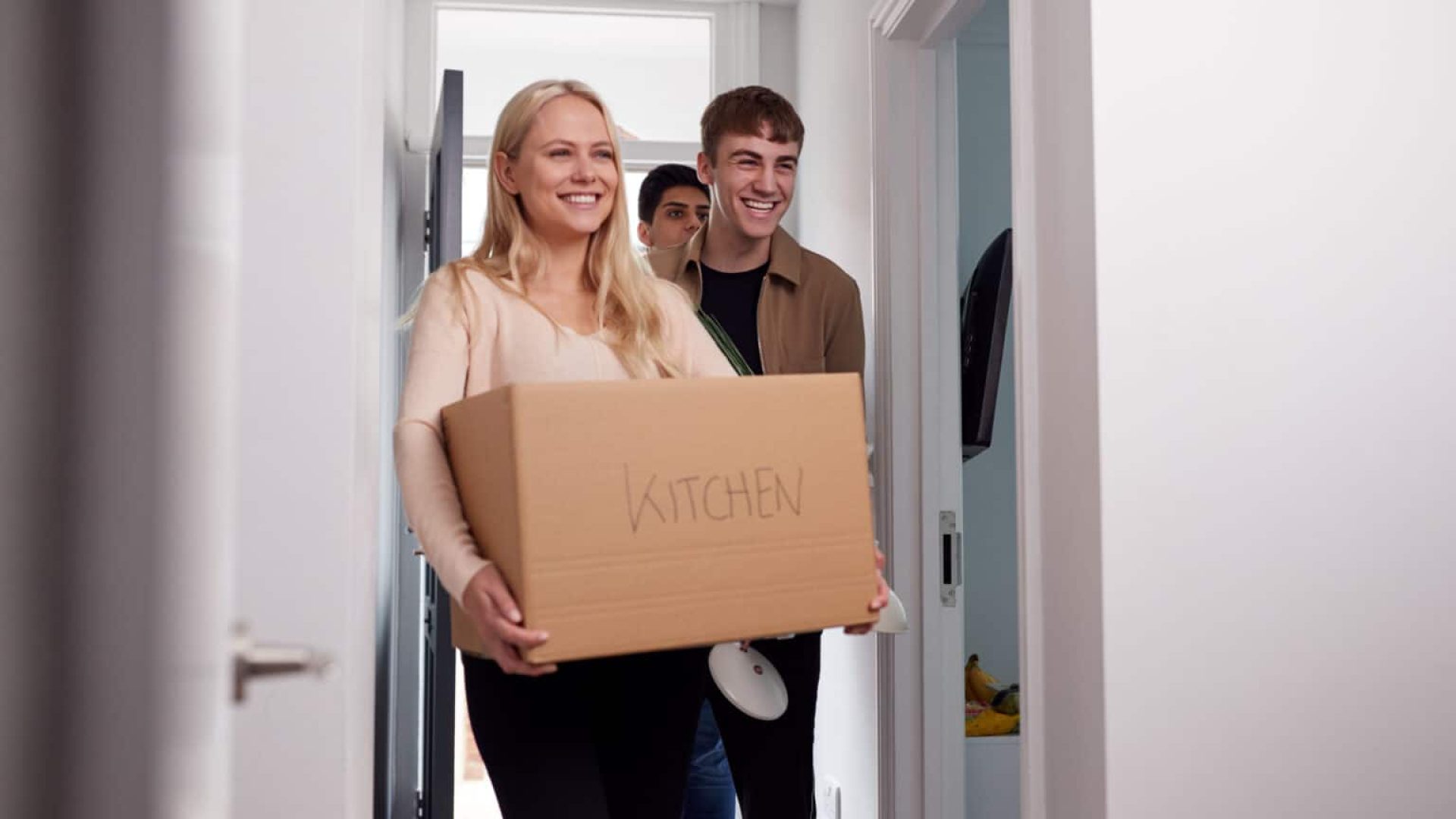In August of 2022, the national rental retention rate was 54.8%. Before the COVID-19 pandemic, retention rates over 50% were nearly unheard of. Residents were less likely to move throughout the pandemic, and while the retention rates have decreased, they are still higher on average than before 2020.
In August 2022, retention rates in larger markets averaged well above those in years before the pandemic. Retention is on an upward trend, so keeping residents’ satisfaction top-of-mind is as essential as ever.
We are seeing slight increases in housing supply, impacting resident retention, particularly in the higher-end markets. Retention rates have declined the most year over year in higher-priced, upscale apartments.
Lower-class residences have the highest retention rates, but vacancy is the lowest, and residents have fewer alternatives.
Why is Turnover Rate Important
Monitoring your turnover rate compared to industry averages is a crucial way to measure the success of your property management business. Turnover rates play a significant role in the profitability of your business. Tracking your turnover rate can help you learn how satisfied residents are with your services and identify areas of improvement. If your turnover rate is much higher than the industry average, that may indicate that your process needs to be fixed and residents are unhappy. Considering why residents have moved out can be a great way to audit your current process.
To calculate your turnover rate, divide the number of residents that move out in a year by the total number of residents in your properties, then multiply by 100.
For example, you have 1,352 residents in all your properties. In 12 months, 487 of those people moved out. Use the following formula to calculate your turnover rate.
487 / 1,352 = 0.3602 * 100 = 36.02%
In a year, your average rental turnover rate was 36.02% compared to the national average of 45.2% in 2022, and you have a pretty healthy turnover rate.
Calculating rental turnover rate is essential to improving your bottom line and can provide valuable insights into your property management business. For example, if you have high turnover rates and all your residents mention similar issues in their move-out surveys, you can determine areas you need to work on.
Common causes of rental turnover include:
1. An inefficient maintenance process.
2. Communication issues.
3. Drastic rent increases.
4. Properties that haven’t been taken care of.
If you see drastic increases in your rental turnover rate, look at your process and ensure you provide your residents with a positive experience.
If you are interested to calculate rental turnover and improving the speed of your make-readies, schedule a demo to learn how property maintenance software can help you take control of the turnover process.
Or, check out this blog article to learn more about common rental turnover services.




